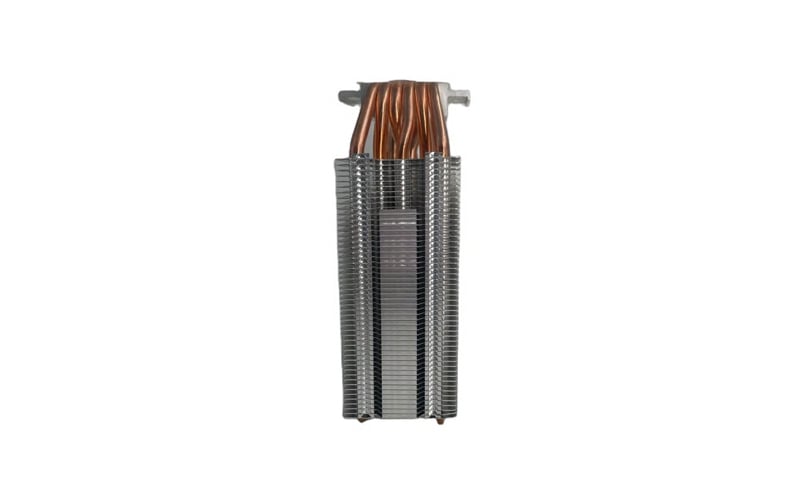What is a Heat Sink Module?
A heat sink module is an essential component in high-performance computing systems that helps dissipate heat generated by the CPU. It consists of a metal heat sink with fins that help to increase the surface area for heat dissipation. Heat sink modules are crucial in preventing overheating and ensuring the optimal functioning of the CPU during intensive computing tasks.
Importance of Efficient Heat Dissipation
Efficient heat dissipation is crucial in high-performance computing systems to prevent thermal throttling and maintain consistent performance levels. Heat sink modules play a critical role in dissipating heat away from the CPU, ensuring that it operates within the optimal temperature range. This is essential for maximizing the performance and longevity of the system.
Factors to Consider When Choosing a Heat Sink Module
When selecting a Heat Sink Module for High-Performance Computing, several factors need to be considered. These include the thermal design power (TDP) of the CPU, the size and shape of the heat sink, the material used, and the airflow within the system. It is important to choose a heat sink module that is compatible with the CPU and can effectively dissipate heat.
Types of Heat Sink Modules
There are various types of heat sink modules available for high-performance computing systems, including passive and active heat sinks. Passive heat sinks rely on natural convection to dissipate heat, while active heat sinks use a fan or other cooling mechanism to enhance heat dissipation. The choice between passive and active heat sinks depends on the specific requirements of the system.
Benefits of Using a Heat Sink Module
Using a heat sink module in high-performance computing systems offers several benefits. It helps to maintain the temperature of the CPU within safe limits, reduces the risk of overheating and thermal damage, and ensures consistent performance during intensive computing tasks. A well-designed heat sink module can significantly enhance the overall efficiency of the system.
Installation and Maintenance Tips
Proper installation and maintenance of heat sink modules are essential for optimal performance. When installing a heat sink module, ensure that it makes proper contact with the CPU and that thermal paste is applied correctly to improve heat transfer. Regular cleaning of the heat sink fins and fan, as well as monitoring of temperatures, can help maintain the effectiveness of the heat sink module.
Enhancing Cooling Efficiency with Heat Sink Modules
To enhance the cooling efficiency of a heat sink module in high-performance computing systems, additional cooling solutions can be implemented. This includes using multiple heat sink modules in a system, incorporating liquid cooling solutions, or adding supplementary fans for improved airflow. These enhancements can help to further reduce temperatures and optimize performance.
Compatibility with Different CPU Models
Heat sink modules come in various shapes and sizes to accommodate different CPU models and socket types. It is important to ensure that the heat sink module is compatible with the specific CPU model being used to ensure optimal performance. Some heat sink modules may also come with adjustable mounting mechanisms to fit a range of CPU configurations.
Overclocking Considerations
For users who engage in overclocking, proper heat dissipation is even more critical to prevent damage to the CPU. Heat sink modules designed for high-performance computing are often able to handle the increased heat generated during overclocking. When overclocking, it is important to choose a heat sink module with high thermal conductivity and efficient heat dissipation capabilities.
Conclusion
In conclusion, a heat sink module is a vital component in high-performance computing systems that plays a key role in heat dissipation and temperature management. By selecting the right heat sink module, ensuring proper installation and maintenance, and implementing additional cooling solutions as needed, users can maximize the performance and efficiency of their computing systems.

